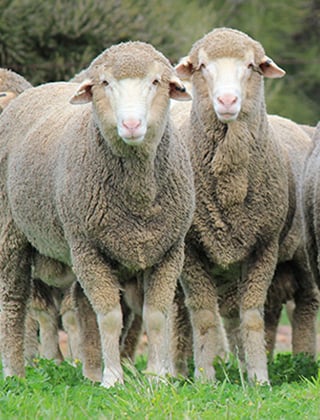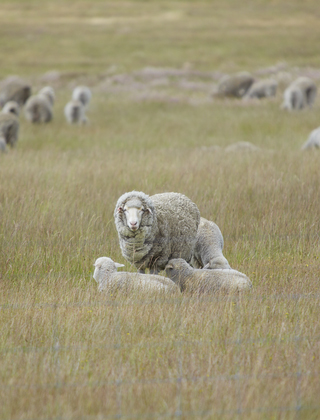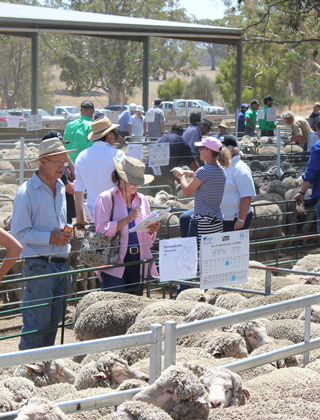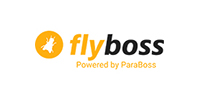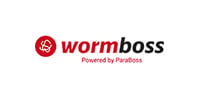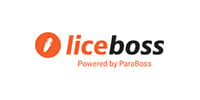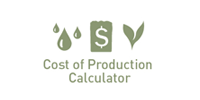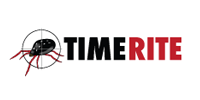Selection for more methane efficient sheep
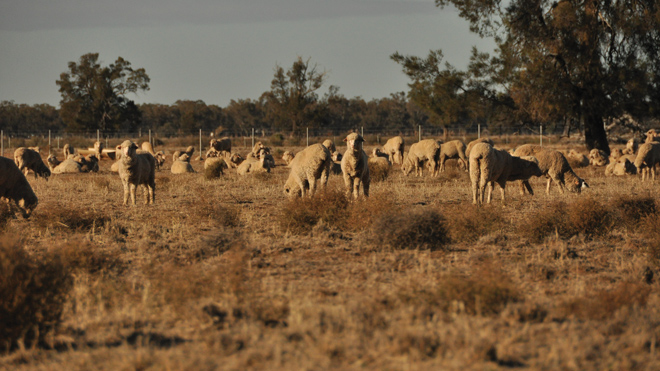
Australia's ‘Selection for more methane efficient sheep’ project aims to reduce greenhouse gas emissions through the development of methane breeding values. This article reports the project’s progress, strategies, and the role of the MLP sites.
MLP QUICK FACTS
The AWI-funded MLP project is a $13 million ($8 million from AWI plus $5 million from project partners), 10-year venture between AWI, the Australian Merino Sire Evaluation Association (AMSEA), nominating stud Merino breeders and site partners.
- Balmoral, Vic
Partner: Tuloona Pastoral
Committee: Balmoral Breeders Association - Pingelly, WA
Partner: Murdoch University/UWA
Committee: Federation of Performance Sheep Breeders (WA Branch) - MerinoLink, Temora, NSW
Partner: Moses & Son
Committee: MerinoLink Limited - Macquarie, Trangie, NSW
Partner: NSW DPIRD
Committee: Macquarie Sire Evaluation Association - New England, NSW
Partner: CSIRO
Committee: New England Merino Sire Evaluation Association
The MLP project has tracked the lifetime performance of 5,700 ewes as they proceeded through four to five joinings and annual shearings.
A full suite of assessments has been taken on the ewes including visual trait scoring, classer gradings, objective assessments of a range of key traits and index evaluations along with a DNA genotype at the start and end the of their lives.
A unique and extensive dataset has been created that is being used to enhance existing Merino breeding and selection strategies, for both ram sellers and buyers, to deliver greater lifetime productivity and woolgrower returns now and into the future.
To stay up to date with the latest MLP findings, visit www.wool.com/MLP. Subscribe to MLP updates via www.merinosuperiorsires.com.au/contact-us.
Supported by Meat & Livestock Australia Donor Company (MDC), NSW Department of Primary Industries and Regional Development, University of New England, and Animal Breeding and Genetic Unit, the project focuses on assessing methane, defining the trait, conducting breeding value analysis, and exploring its impact on sheep indexes. This initiative involves collaboration among research institutions, industry partners, and sheep breeders, including data from four MLP sites.
The MLP sites have been important to the success of the methane efficiency project by offering a highly recorded and industry-linked resource. Across the whole project, approximately 14,000 sheep have been measured for methane production, with 15% of these measurements coming from the MLP project and the remainder from previous research projects, along with reference and industry flocks.
Methane production is measured using portable accumulation chambers, into which each animal is placed for 40 minutes. The methane emission rate is determined during this period.
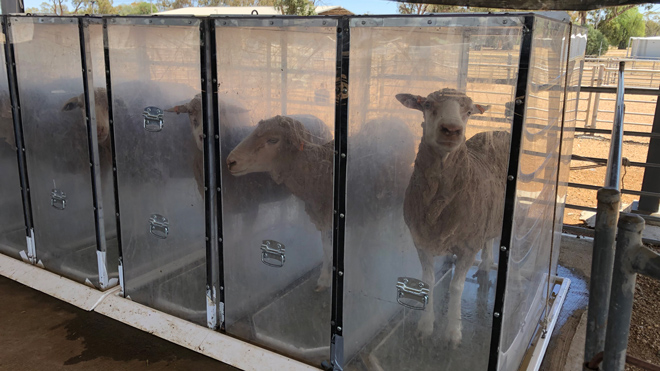
Macquarie MLP ewes in portable accumulation chambers to assess their methane emission rate.
Project results
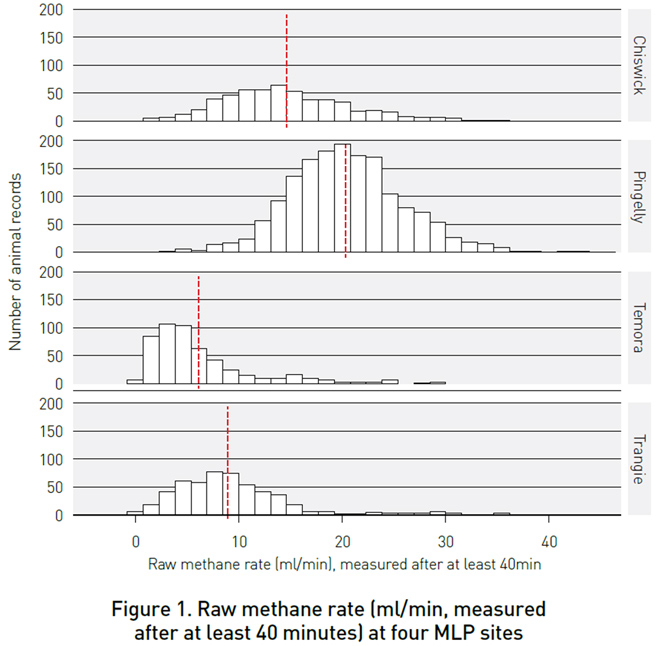
Figure 1 shows the distribution of raw methane production rates (ml/min) in sheep across the four MLP sites involved in the project: Chiswick (New England), Pingelly, Temora (MerinoLink), and Trangie (Macquarie).
The red dashed line in each panel shows the mean methane rate for each site. Chiswick and Pingelly had higher mean methane rates, while Temora and Trangie had lower means. Pingelly and Chiswick potentially had wider distributions suggesting higher variability in methane emissions among the animals at the sites. Temora and Trangie had distributions concentrated at lower methane rates, especially Temora where most animals have rates well below 10 ml/min.
Variations in methane production rates across different sites are primarily influenced by the local type and availability of feed leading up to measurement, as well as feeding behaviours and management practices. Sites with lower feed availability have lower and less variable methane emissions. The project has established that these differences must be considered when interpreting methane data for genetic selection. The project plans to investigate the consistent ranking of assessments across different seasons and environments.
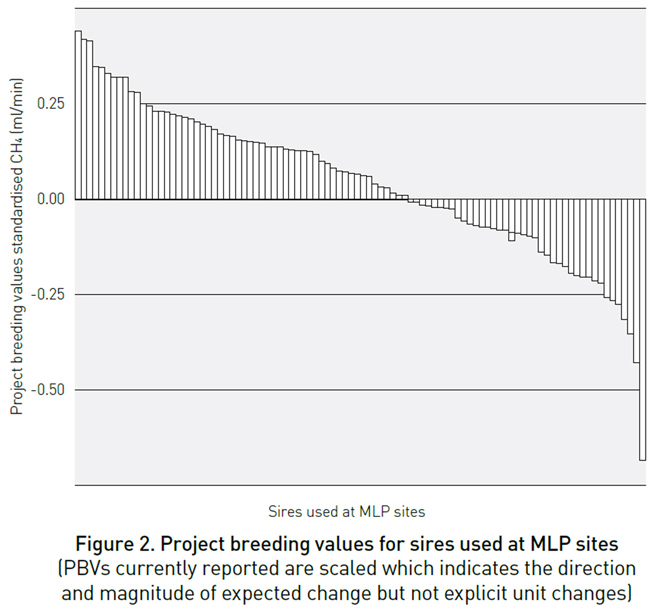
Figure 2 presents the aggregated MLP sire results facilitated via the use of link sires, which highlights the variability in methane breeding values among MLP sires. This wide range suggests that selective breeding for lower methane production is possible. By choosing sires with lower (more negative) breeding values, producers can make genetic progress towards more methane-efficient sheep. Such selective breeding is crucial for achieving the project's goal of reducing methane emissions either per head or per unit of product.
Analysis of the collected data has confirmed that methane production in sheep is moderately heritable, with a heritability estimate of approximately 0.19. This heritability suggests that genetic selection can be an effective tool for reducing methane emissions in sheep populations. Further analysis will examine correlations between methane levels, productivity, and profitability for all sheep types.
Selection strategies and industry implications
The project has explored several methane trait definitions and selection strategies for reducing methane emissions:
- Profitability with carbon price: Selecting for economic returns while factoring in methane costs.
- Methane per head: Directly reducing emissions per animal.
- Methane intensity: Reducing methane per kilogram of lamb and wool produced.
- Methane yield: Reducing methane per kilogram of feed intake (popular in New Zealand).
Early modelling shows that selecting for profitability increases methane emissions by 0.7% annually but improves methane efficiency by 2.6%. However, this approach does not reduce overall methane emissions unless there is a decrease in total stock numbers. On the other hand, selecting for low methane output per head reduces kilograms of lamb significantly, requiring a high carbon price to be economically viable.
Breeding for lower methane is a long-term commitment, so breeders need stable, science-based policies in place to ensure their efforts align with domestic and international goals. Policy clarity reduces risk, while policymakers must also understand the science to set effective, consistent targets.
Future modelling efforts will assess the effects of these selection strategies on wool production and quality. Additional research is required to better understand the genetic correlations between wool traits and methane production, to ensure breeding programs optimise profitability of both meat and wool outcomes.
Next steps
Project breeding value reports for methane are now being distributed to the participating breeders including MLP sire entrants from the four participating MLP sites. A transition plan is in place to move from project-specific breeding values to research breeding values and eventually to ASBVs. This process will require strong genetic linkage across flocks and the continued collection of methane records to support multi-trait selection indexes that balance methane efficiency with other economically important traits like growth, reproduction, and wool quality.
A new project is being planned to continue sheep methane measurement and analysis through collaborations with the Zero Net Emissions from Agriculture Cooperative Research Centre (ZNE-Ag CRC) and the Global Methane Hub involving UK, Ireland, Uruguay, New Zealand and Australia (MLA, AWI and AMSEA). The ongoing engagement of sheep breeders and industry feedback is critical to refining breeding objectives and ensuring that methane reduction strategies remain practical and economically viable.
To have your flock involved in future recording you can reach out to Julius Van Der Werf (jvanderw@une.edu.au).
This article appeared in the Winter 2025 edition of AWI’s Beyond the Bale magazine that was published in June 2025. Reproduction of the article is encouraged.






